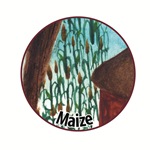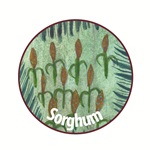Improving grain yield on acid soils by the identification of genetic factors underlying drought and aluminium tolerance in maize and sorghum (G3008.02)
|
|
|
|
| Target country | Kenya |
| Lead institute | Cornell University/United States Department of Agriculture–Agricultural Research Services (USDA–ARS) |
| Partners |
|
Two of the most important limitations to crop production in sub-Saharan Africa are drought and acid soils. It is estimated that nearly 50 percent of the soils in this region suffer from insufficient water, while agriculture on nearly a quarter of the lands of sub-Saharan Africa is constrained by aluminium (Al) toxicity on acid soils. Because the primary symptom of Al toxicity is root growth inhibition and damage, resulting in compromised water and nutrient uptake, Al toxicity is a significant but poorly understood component of drought stress in Africa and other developing regions of the world.
In Phase I, the project team assembled an effective multi-institutional research partnership that through GCP projects identified a major sorghum Al tolerance gene which is now being exploited to improve sorghum Al tolerance in Africa. More recently, the project team has also identified several very promising candidate maize Al tolerance genes and QTLs that are poised to enter into a molecular breeding pipeline for assessing and validating their breeding values, and ultimately for generating maize genotypes with superior performance on acid soils
Objectives
- Develop a SNP genotyping platform for high density genotyping in sorghum and identify SNP markersassociated with aluminium and drought tolerance.
- Identify polymorphisms associated with Al and drought tolerance in maize.
- Develop and employ in association analysis innovative methods for analysis of physiological traits associated with drought response and tolerance, with a focus on root architecture in maize and sorghum.
- Determine the genetic architecture of high Al tolerance in maize and improve maize Al tolerance by introgressing AltSB homologs co-localised with Al tolerance QTLs as well as other Al tolerance QTLs, into maize tropical breeding lines.
- Assess the yield advantage of Al-tolerant maize and sorghum in Kenyan environments and begin to investigate the contribution of Al tolerance to drought tolerance.


